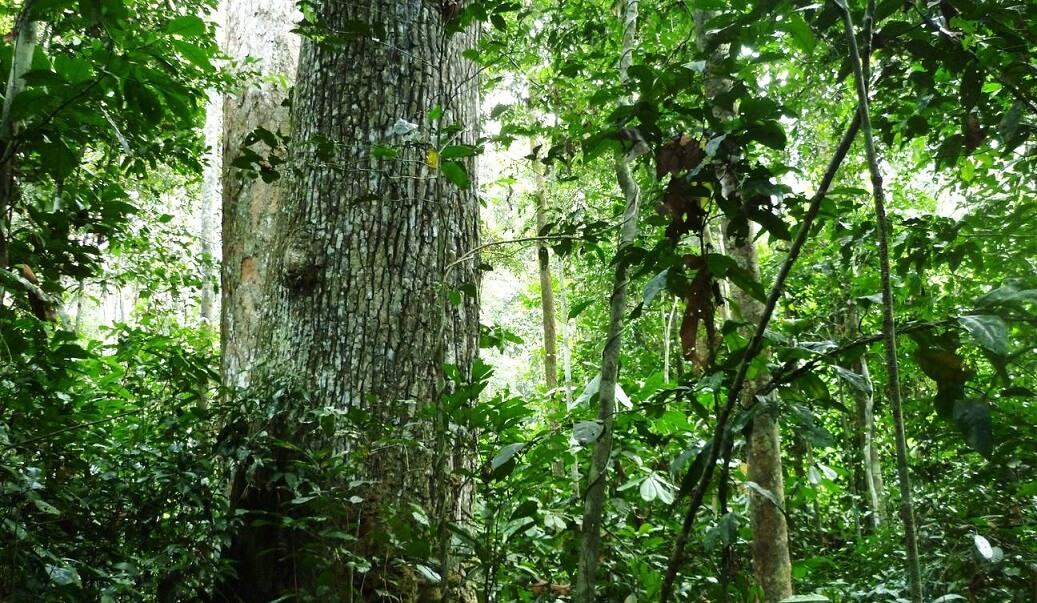- Home
- Worldwide
- CIRAD worldwide
- Projects
- Dynaffor project
Structure and dynamics of Central African forests - DynAfFor

Central African forests are the world's second largest massif of dense rainforests © S. Gourlet-Fleury, CIRAD
Issues
Central African forests constitute the second largest expanse of dense rainforest in the world, and host a wide variety of plant and animal species. They store huge quantities of carbon and are an important source of income for local populations. These forests are facing an increase in anthropogenic pressures (logging, land conversion, mining). Logging, in particular, leads farmers and hunters deeper into the forests and results in canopy loss through repeated harvesting of large, valuable trees, to satisfy market demand.
Growing awareness of the risks facing dense forests led most Central African countries, between 1990 and 2002, to redefine their forest laws and impose management plans in forests dedicated to production, which cover around 50 million hectares. Today, 60% of this area is under managed forest concession status. These management plans are supposed to be “sustainable”, as defined by the International Tropical Timber Organization (ITTO), in other words enabling “the production of a continuous flow of desired forest products and services without undue reduction of its inherent values and future productivity and without undue undesirable effects on the physical and social environment”. The project focuses on the conditions under which timber can be sustainably produced in tropical forests.
Description
The project tackles three key objectives:
- Improving scientific and technical knowledge about forest dynamics in semi-deciduous and transition forests
Data on trees and soils is collected regularly across several hundred hectares of monitoring systems, and serves to understand and quantify the impact of the environment on the dynamics of those trees. A study on the effects of logging on certain sites is underway, along with a study on the dynamics of carbon stocks in aerial biomass.
- Improving decision support tools for forest management
Knowledge produced about the relationships between the dynamics of tree populations, environmental variables and logging is modelled and integrated into simulators that serve as a basis for discussing the conditions for improving management rules.
- Mobilizing actors to improve management practices
A network of actors committed to improving management practices is being structured (R2FAC network) and training provided in the implementation of monitoring systems and the use of decision support tools. These efforts are undertaken in close collaboration with forest administrations, national research organizations and forest concessionaires.
Expected impacts
- Creation of a network of systems for long-term monitoring of population and stand dynamics, under natural conditions or after logging. This network will inform research and training for foresters.
- Development and feeding of mathematical models and computer simulators to predict the effect of logging on the long-term behaviour of populations and stands. These tools will assist discussions on the regulations to be changed within management plans with a view to achieving sustainable forest management.
- Training of more than 250 PhD, Masters and undergraduate students in the five countries concerned by the project.
- Awareness raising among actors about the future of Central African forests, encouraging them to rethink territorial development and logging practices in the most sensitive forests.
Contract partners
University of Liège, Nature+, ATIBT (Association Technique Internationale des Bois Tropicaux)
Other partners: Commission des Forêts d’Afrique Centrale (COMIFAC), University of Yaoundé 1, Masuku University of Science and Technology, University of Bangui, Marien Ngouabi University, University of Kisangani, forestry companies: CIB-Olam, Pallisco, Precious Woods-CEB, Rougier, Wijma
























